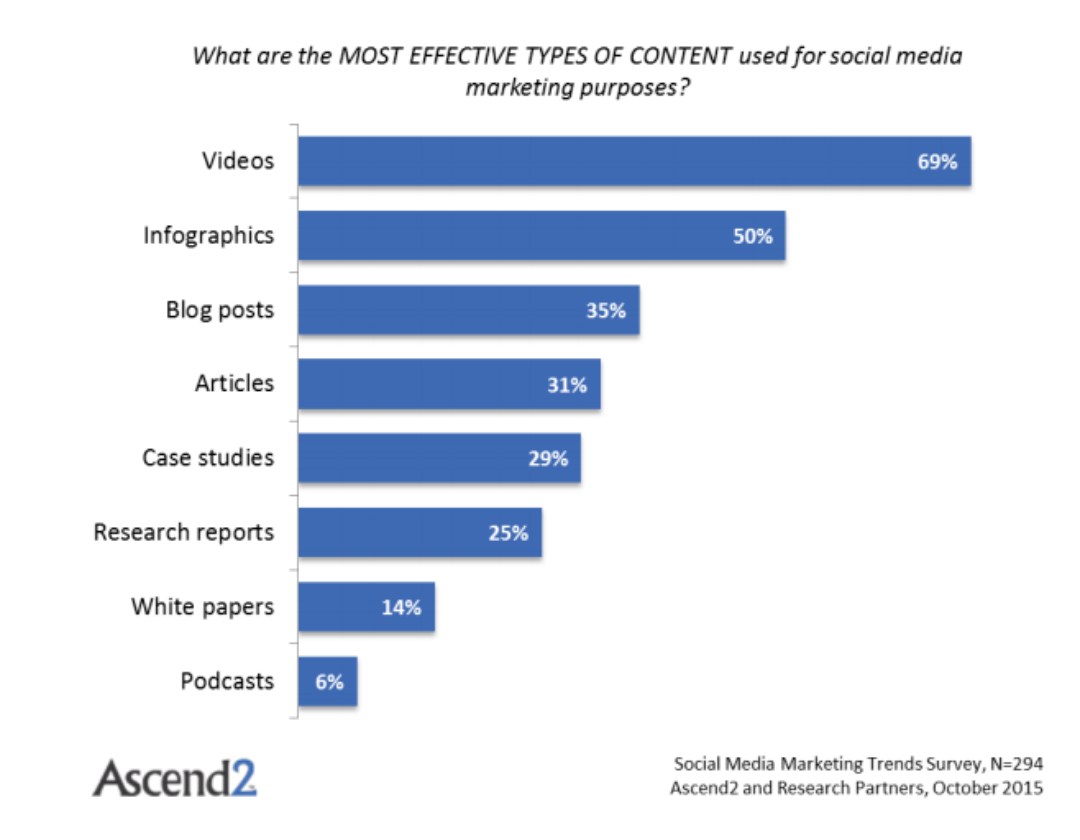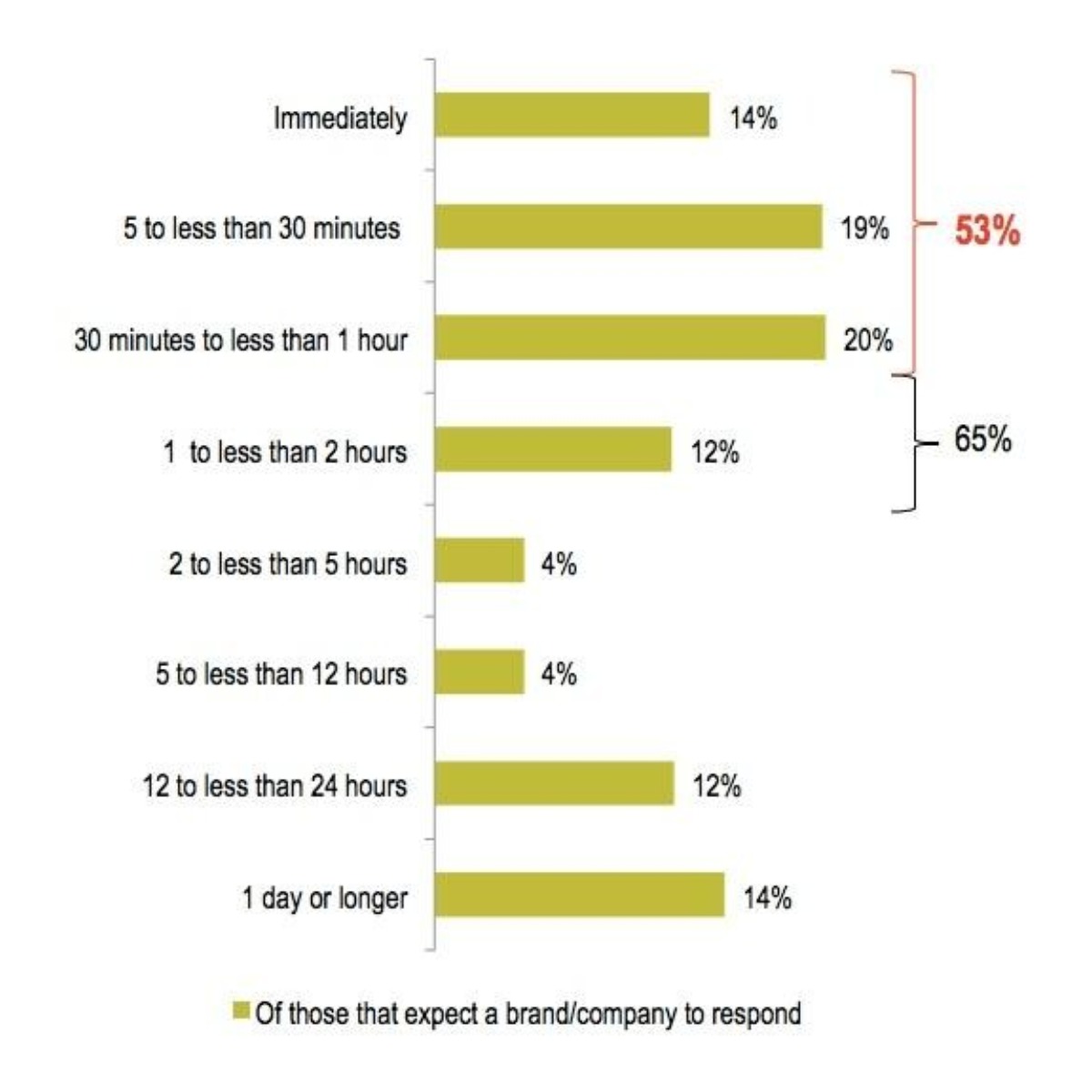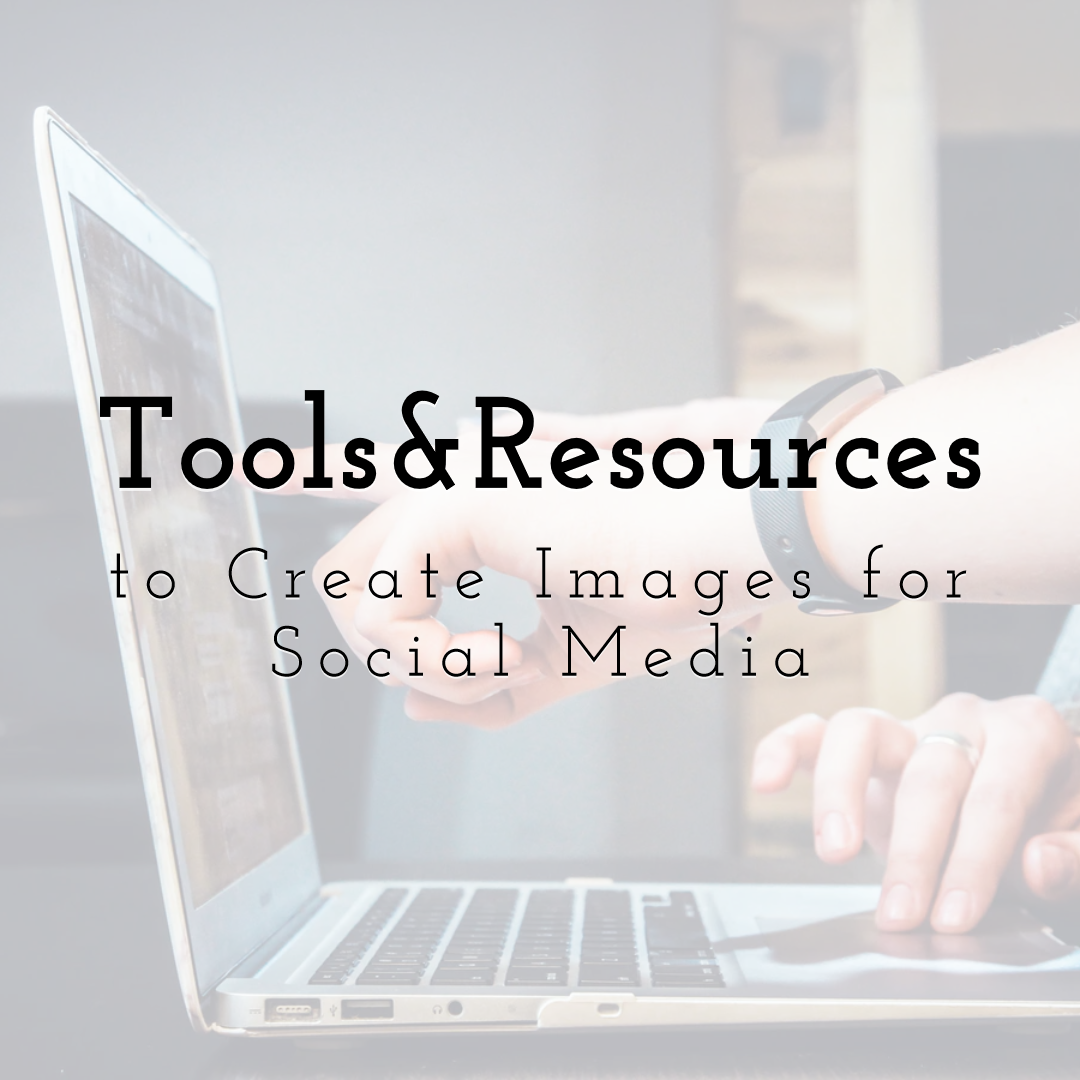Social Media Management Guide for Online Business
Having a social business account for an online business is no longer optional. With billions of people using popular networks like Facebook, Twitter, Instagram, and LinkedIn, trying to connect with them, there makes perfect sense.
Businesses understand that today, the vast majority of them have social media accounts. According to AdWeek, 88 percent of U.S.companies use social media for marketing purposes, which means that the competition is unbelievable.
This finding, however, doesn't mean that a business cannot stand out from the crowd. Marketing your business on social media doesn't cost an arm and leg compared to traditional advertising methods, but instead requires following the latest, evidence-based techniques.
 Create pictures for your social media channels with PixTeller Graphic maker
Create pictures for your social media channels with PixTeller Graphic maker
If you're wondering what those techniques are, read on. This article is an ultimate guide to social media management for small and medium-sized businesses that will have on your way to build brand awareness, drive sales, and attract new customers.
-
Step #1
Develop Social Media GuidelinesSocial media guidelines are a collection of principles that guide employee and brand behavior on social media. Mostly, these principles are best practices and suggestions on how to act in certain situations to avoid damaging reputation and providing quality service (if applicable).
For you, as a business owner, having these practices and suggestions in place is very important because they provide social media managers with specific instructions in situations that require special consideration. By introducing these guidelines, you're also letting everybody know that they shouldn't mess with the brand's image online because they may be consequences.
These are the main goals and considerations that your social media guidelines have to cover:
- • The priorities of your company;
- • Sensitive areas of social media activity (responding to comments, reviews, etc.);
- • The desired image and reputation online;
- • Actions that could undermine your brand;
- • Guidelines for interacting with customers and influencers (we'll discuss this later in this post);
- • Activities that enhance social media presence.
-
Step #2
Develop a Content PlanThere are a wide variety of content types out there, so you have to know what ones will work for you. The best-performing ones in recent years are described in the Social Media Marketing Trends Survey Summary Report chart below.

Let's discuss some of these content types:
- • Video and Live Streaming. Here are some facts: according to statistics compiled by Biteable, Facebook videos receive 135 percent more organic reach than a photo. No wonder 60 percent of marketers used videos in their social media marketing in 2016, right?
- • Infographics. This type of content also performs well because people are visual learners and prefer to consume information in a form that ensures easy understanding.
- • Educational written content. People are increasingly using social media to find instructions, tips, and instructions on doing things they love, so being an authoritative source of reliable information is every brand's dream.
-
 Graphic Maker
Graphic Maker
-
 Poster Maker
Poster Maker
-
 Card Maker
Card Maker
-
 Logo Maker
Logo Maker
-
 Animated Logo Maker
Animated Logo Maker
-
 Video Story Maker
Video Story Maker
-
 Slideshow Maker
Slideshow Maker
-
 Quote Maker
Quote Maker
-
 Collage Maker
Collage Maker
-
 Banner Maker
Banner Maker
-
 Flyer Maker
Flyer Maker
-
 Invitation Maker
Invitation Maker
-
 Youtube Thumbnail Maker
Youtube Thumbnail Maker
-
 GIF Maker
GIF Maker
To ensure quality content, remember the following essentials of content marketing.
- • First and foremost, create exciting content social media users want to engage with. This means talking about their problems, wants, needs, and aspirations.
- • Second, forget about talking about your brand. Gone are the days when companies were in charge of dictating market trends and content creation. Now, it is the customer who is the center of the universe.
- • Third, create only original content that uses reliable evidence. People are not going to listen to your content if you don't support what you're saying with credible evidence.
-
Step #3
Develop a Posting ScheduleQuality reigns supreme here. It's tempting to put as much content out there as you can to attract some attention quickly, but this strategy will ultimately make quality suffer. A better way is to focus on quality and share content that delivers value using a specific posting schedule.
Said, you have to figure out the ideal frequency for your social media posts. The rate is based on several factors, including the time when your target audience is active on social media. Here are typically social media guidelines, according to data compiled by John Rampton, a Forbes contributor:
Facebook:
- • Daily Posts: 1-2;
- • Maximum number of posts on workdays: 2;
- • Maximum number of posts on the weekend: 1;
- • The ideal time to get the most shares: 1 pm;
- • The ideal time for optimal value: any time between 9 am and 7 pm;
- • The ideal time to get the most clicks: 3 pm.
Twitter:
- • Daily Tweets: no more than 5;
- • A most popular time to tweet: between noon and 1 pm (during the lunch);
- • A least popular time to tweet: between 3 am and 4 am.
LinkedIn:
- • Daily Posts: 1;
- • The ideal time for posting: noon or during the lunch break;
- • The worst time to post: between 10 pm and 6 am.
Remember: this is the generic best time for these platforms that work for most businesses. Figuring out the best time for your business may require more research on your target audience. Specifically, you'll have to figure out when your audience is online.
-
Step #4
Build Authority of Your BrandBeing a trustworthy brand means that you have expert knowledge of your industry/niche/products. Customers pick brands very carefully; otherwise, company review sites wouldn't have existed.
"Many consumers rely on social media to determine what products and services to use, so being a brand that gives this advice means an increased trust and a positive reputation." – says social media manager
Thomas Ray at Axonim say:
To build brand authority, consider the following:- • Creating quality content (created by real experts in the field if possible) solves specific issues and concerns of your target audience. In-depth articles, infographics, and videos are the most popular content types for that.
- • Be consistent in style, theme, and quality. People reading your excellent content rely on you for quality information, so you have to make it happen regularly. Also, consider adding your brand's logo and colors to social media information to help viewers memorize them.
- • Reach out and engage. Being a good brand means reaching out to the target audience and communicating with them regularly. This makes them feel appreciated and valued; moreover, they will be much more likely to return the favor if needed (more on this in the next step).
-
Step #5
Engage with Potential and Existing CustomersThe importance of two-way communication on social media for businesses cannot be understated. The stronger the relationship is between your brand and its customer base, the better the former is positioned to sell and develop.

So, here's what your social media guidelines should contain in terms of engaging with customers:
- • Respond to comments and complaints. Customers expect your brand to reply as soon as possible, so you should do that. Search Engine Watch described the research produced by Lithium Technologies, which found that 53 percent of Twitter users expect to hear back from a brand they're interacting within an hour!
- • Stick to what you know. Don't give any advice on something that you don't know. Even one mistake like this could cost you a reputation on social media.
- • Share user-generated content. Doing so makes customers feel part of the topic, so consider sharing some content produced by your followers. Just make sure it's quality!
In conclusion
Success on social media doesn't happen overnight. While the tips above are not requirements for success, they can significantly enhance your social media presence and increase the chances of becoming a famous, authority brand with an army of loyal followers.
Until next time, Be creative! - Pix'sTory made by Ryan Pell
Ryan is a passionate writer who likes sharing his thoughts and experience with the readers. Currently, he works on thermal vision goggles. He loves everything related to traveling and new countries.
Recommended posts
-

8 Social Media Marketing Tools to Improve Your Results
Read More › -

How Ethical AI Is Changing Marketing and Content Creation
Read More › -

Top Tools and Resources to Create Images for Social Media
Read More › -

8 Things to Include in Your Website Upgrade
Read More › -

Best Ways to Increase Subscribers and Views on YouTube
Read More › -

The Heart and Soul of a Company is Creativity and Innovation
Read More ›
